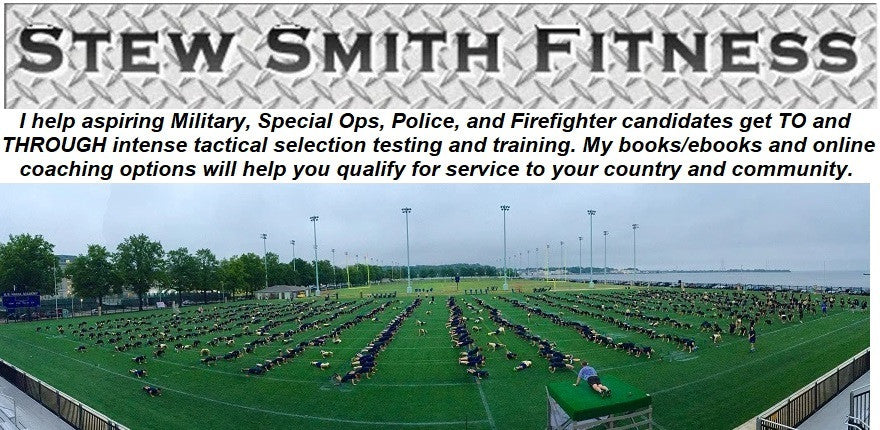Getting into a running program after an injury or just starting running for the first time ever or many years is very tough. For one, the joints, soft tissues, and bones can all be injured by common “overuse” injuries such as:
Shin Splints
Very Common Knee tendonitis: Runner's Knee (PFS)
ITB Syndrome
Heel Injuries (Plantar Fasciitis)
Stress Fractures
For more detailed information click the links above to see what Dr. Pribut says about the most common running injuries and how to recover from them at www.drpribut.com
Last year after a heavy running program through the winter and sprint (30-40 miles a week) and some uncommon yard work (moving dead trees), I hit a wall and thought my leg was going to fall off. To make a long story short, after a month of self-rehab and not noticeable changes, I went to the doctor for both an MRI and Bone Scan. The bone scan showed stress fracture in my femur on the very base of the femur within the knee socket itself. PAINFUL!
I just had to take a year off of running and could only swim without fins. Biking even hurt it. So for nearly a full year of NO RUNNING, when I was ready to get back on the running plan, I knew I had to be smart about it.
I got the idea that I would start on Spring Solstice (as the days start to get longer) and would gradually ramp it up by getting up earlier with the sun as the mornings with daylight got earlier.
It started off at 0630 in late March – run for 15 minutes for two weeks and then swim at 0645 to finish off the workout. By April, I started my run at 0615 and ran longer and further. By May, the daylight started by 0600 and I ran longer and longer until I peaked in June 21 – the longest day of the year with a hour long run. Now, it is early August and the days are getting shorter and so are my runs, but my swims are still 30-45 minutes long which I will continue throughout the winter months and taper the running accordingly.
Too much running, too soon, too fast, and too long can in any combination put you in the hurt locker and unable to run – even walk if you are not careful. Listen to the body.
This is how I got back into running gently for about 2 months:
Week 1 - 4 days a week only run 1 mile - then swim, bike etc...
Week 2 - 3 days a week only run 1.5 miles ....
Week 3 - took off as injuries usually occur week 3 of running again...non-impact only.
Week 4 - 4 days a week run 2 miles...
Week 5 - 4 days a week run 2.5 miles
week 6 - 5 days a week run 2.5 miles
week 7 - 3 days a week run 3 miles / 2 days a week run 4 miles
week 8 - 3 days a week run 4 miles / 2 days a week run 5 miles
now I can run 5 miles no sweat...
*NOTE - this is NOT a beginner running plan - if you have more than 20 lbs to lose, I do not recommend starting so aggressively. In fact non-impact and walking should be your cardio of choice if overweight as the human knee is not designed to take the impact of a an overweight body.
Here are some extra tips to avoid injury when running or starting to run again:
Warm up properly and then stretch. Run nice and easy for about 5-10 minutes, then stretch once you are warm and the muscles and joints are more pliable. Never stretch "cold." See stretches in the 6 week Running Program. Read Dr Pribut’s information of stretching too. Stretching
Replace running shoes often. I go through shoes about every 2-3 months and ONLY run in my running shoes. Do not walk in your running shoes since you walk differently than you run. You do get what you pay for too. There are a number of types of shoes out there that range from $80-$120 for the better brands, however, you can save $20-30 by going online at retailers such as: http://www.bodynsolesports.com - this site also has information of gait analysis and the importance of orthotics (shoe insets) to help prevent injuries.
Or check out the Running Shoe List Dr Pribut put together: Running Shoe List
I hope these links can help you prevent some of the common injuries. However, it is always recommended to see a doctor if you are in pain. Three running rules I use are: "If it hurts to run -- stop running" and "If it hurts to walk -- DO NOT run, and if it hurts when doing nothing - go to a doctor immediately."
Stew Smith CSCS - If you have any questions, feel free to email me at stew@stewsmith.com.
